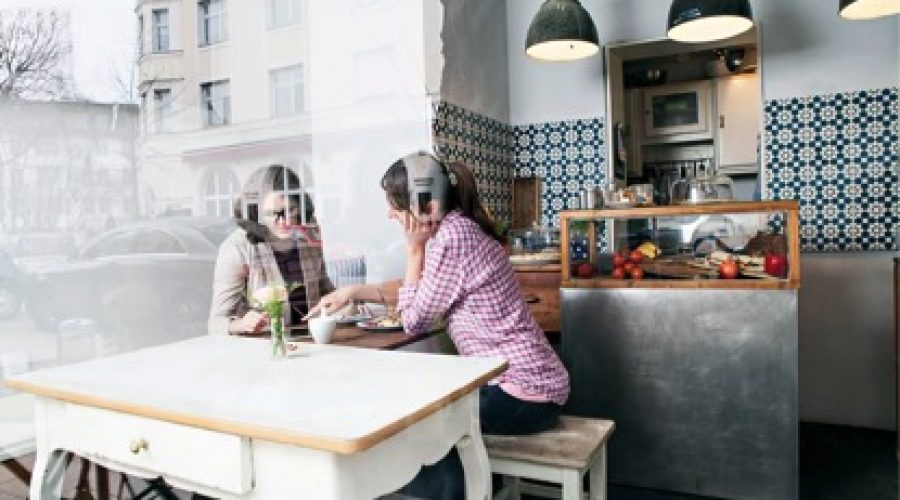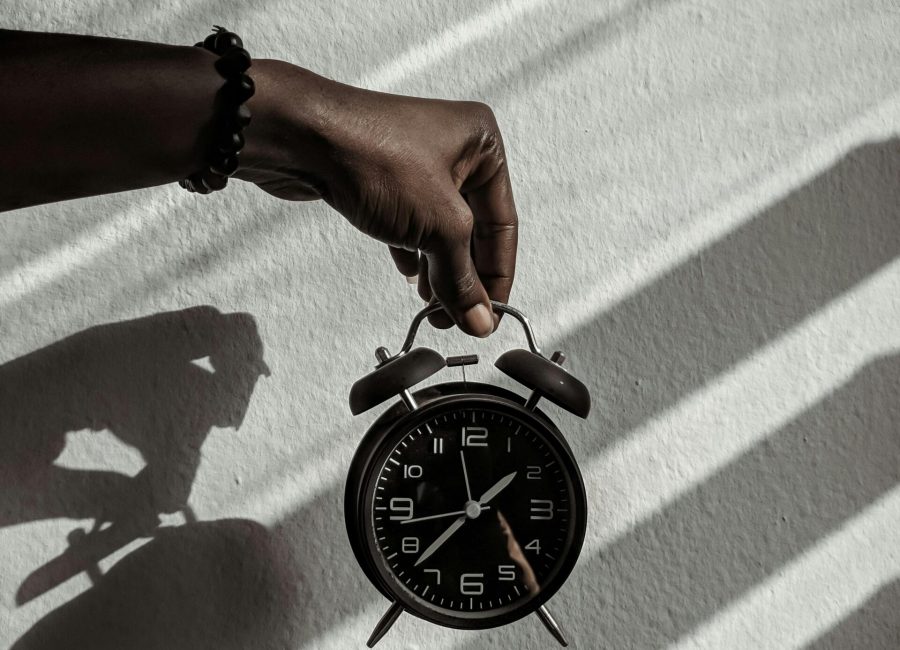Could women be making better use of income protection insurance or are we too reliant on sickies?
It turns out that over this Summer, an estimated one in every six women admitted to taking a sickie to head to the beach.
Most companies enforce fairly strict policies when it comes to how and when you can use your sick leave, as it’s designed to be used for when you or a family member come down with an illness or injury that forces you to take time off.
Sickies are also usually for short stints of illness, not extended bouts of time off.
If you do have to take extended time off for a legitimate reason and sickies or other leave won’t cover it, the only other safety net you can fall back on is income protection insurance.
But the problem with income protection is usually the waiting periods that must be served before you’re eligible to start receiving benefit payments.
Depending on the policy, income protection waiting periods can range from 14 days to 720 days.
If however you do need it, it’s important to make sure that your level of cover actually reflects your worth.
Finder.com.au’s analysis of over 3,400 income protection quotes, suggests that many women may not be adequately covering themselves.
The research shows that women on average request a far lower level of protection than men, averaging only $60,093, compared to a much higher $85,364 for men.
While this could arguably reflect a gender pay gap story, further research also shows that only one third of quotes for income protection are obtained by women.
In the ACT, men value their income almost twice as much as women do, insuring themselves for $106,174 on average (the highest in the nation) compared to just $55,714 for women.
Women in NSW value their income at 56 per cent less than males do.
Here a further state-by- state breakdown of the average income insured by men and women in Australia.
| State | Women (average) | Men (average) |
| New South Wales | $64,956 | $101,088 |
| Victoria | $53,987 | $70,644 |
| Queensland | $58,880 | $78,085 |
| Western Australia | $68,361 | $82,548 |
| South Australia | $68,647 | $68,818 |
| Northern Territory | $77,454 | $96,750 |
| Australian Capital Territory | $55,714 | $106,174 |
| Tasmania | $51,000 | $64,125 |
Although it is promising that 50 per cent of the women who have taken out income protection insurance are gen Y-ers aged 18-34, compared to just 31 per cent of men, the fact that twice as many men have income protection is concerning.
We need to take steps towards ensuring that earning women understand the value of their income.
Whether in a dual or single-income context, knowing your options and valuing your earnings is important.
















